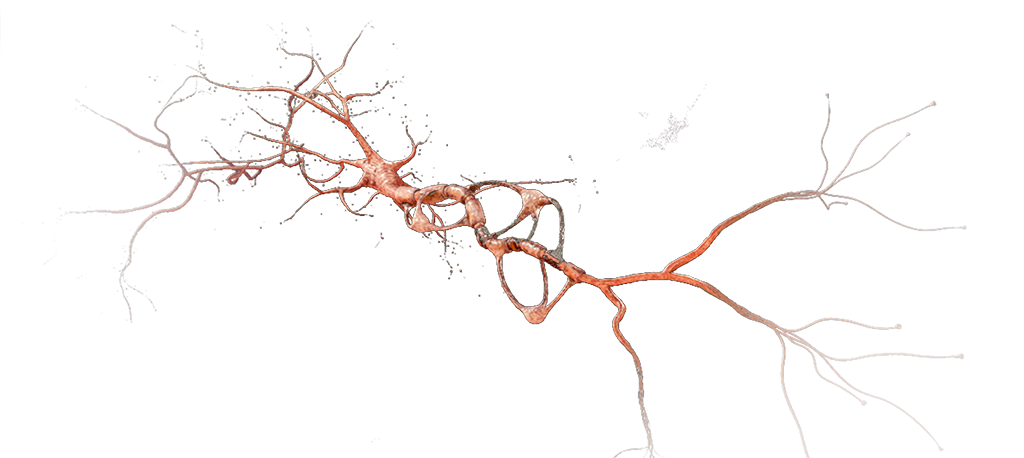What is Tardive Dyskinesia?
TARDIVE DYSKINESIA (TD) IS A MOVEMENT DISORDER
TD is a neurological syndrome characterized by involuntary, repetitive movements, typically caused by long-term use of certain medications.
TD is a neurological syndrome characterized by involuntary, repetitive movements, typically caused by long-term use of certain medications.
The exact cause is unclear, however tardive dyskinesia is thought to occur when medication use affects brain neurotransmitter pathways, causing involuntary movements of the body.

While there is no cure for tardive dyskinesia, certain medications can help manage the condition and reduce uncontrolled movements. Your healthcare provider may also change your medication and offer supportive care. Early detection and prevention are critical for better outcomes.
The prevalence of tardive dyskinesia among patients who take antipsychotics is estimated at 25.3% globally.
Nearly 600,000 people in the United States live with TD and 65% of those with TD have not been diagnosed.
A proactive approach to managing symptoms and a reliable support system are essential for effectively navigating the challenges of living with tardive dyskinesia.
Engage in exercises to improve balance and flexibility, improve mobility, and reduce discomfort from TD symptoms.
Having a consistent routine can help reduce stress and improve overall well-being. Plan ahead to alleviate the unpredictability of symptoms.
Practice stress-management techniques such as meditation, deep breathing, or journaling to help reduce symptom severity, as stress can exacerbate TD.
Find TD-focused support groups, either in-person or online, to connect with others facing similar challenges.
Learn about TD, its symptoms, and treatment options to better advocate for your care and understand your condition.